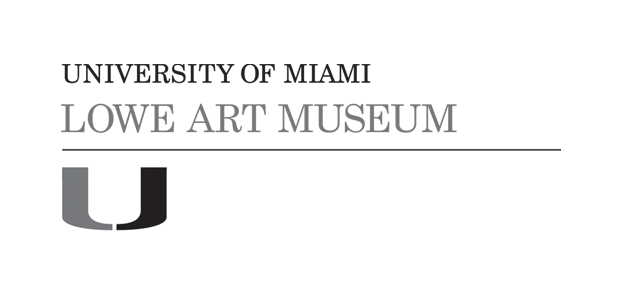Portrait of Bartolomeo Cepolla
Artist/Maker
Veneziano Jacometto
(Italy, active 1472-1494)
Datepossibly 1470s
CultureItalian
Mediumtempera on wood
DimensionsSight: 12 7/8 x 9 3/4 in. (32.7 x 24.8 cm)
Framed: 14 x 18 1/2 x 3 in. (35.6 x 47 x 7.6 cm)
Framed: 14 x 18 1/2 x 3 in. (35.6 x 47 x 7.6 cm)
ClassificationsVisual Works
Credit LineGift of The Samuel H. Kress Foundation
Terms
Object number61.040.000
On View
Not on viewCollections













